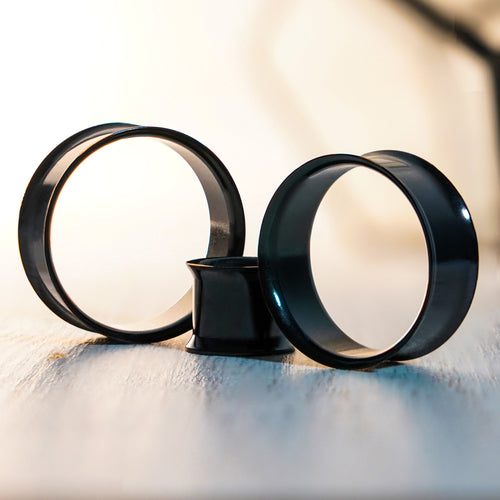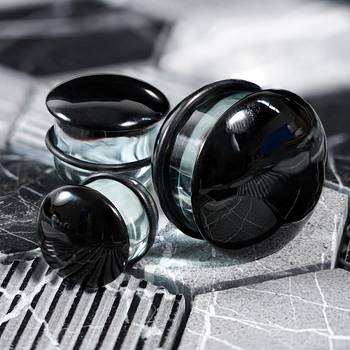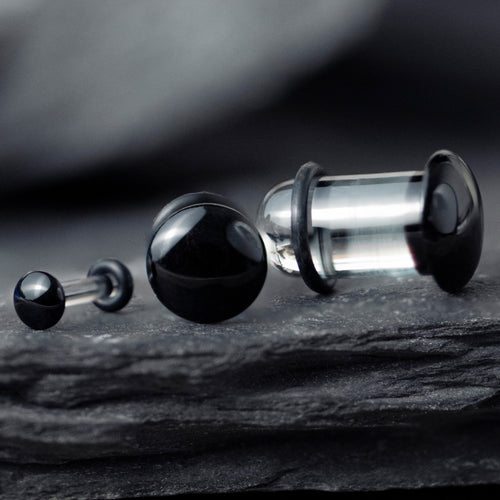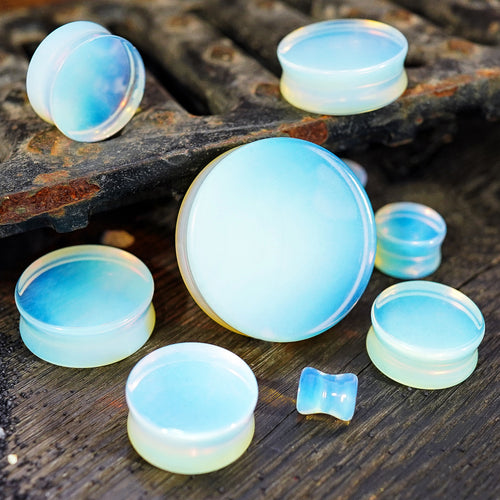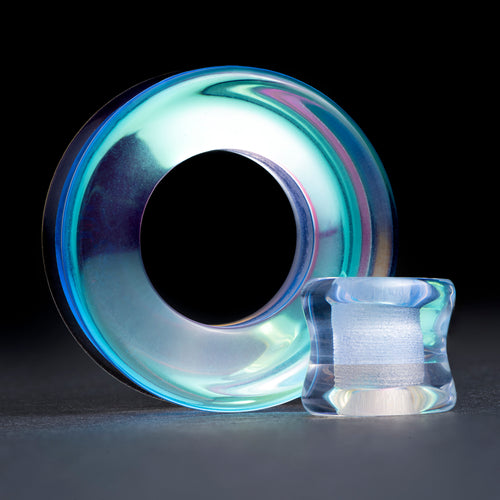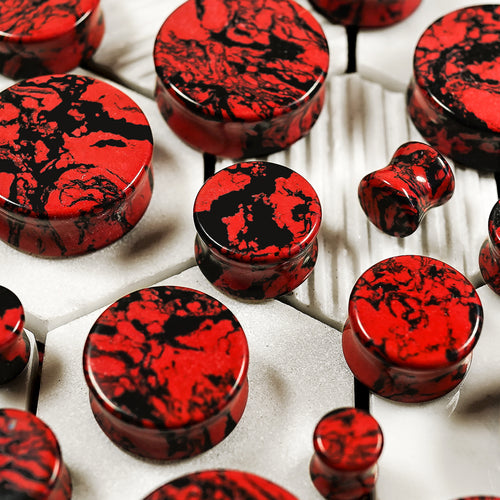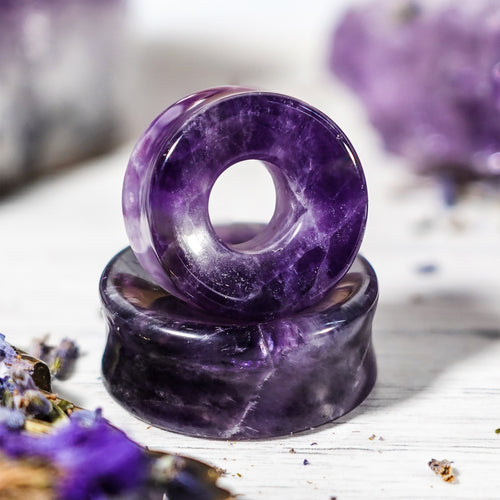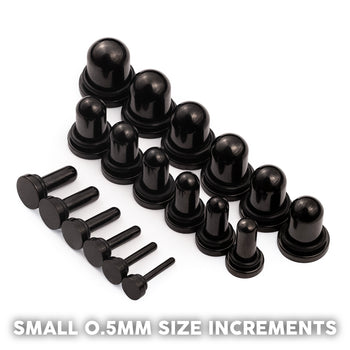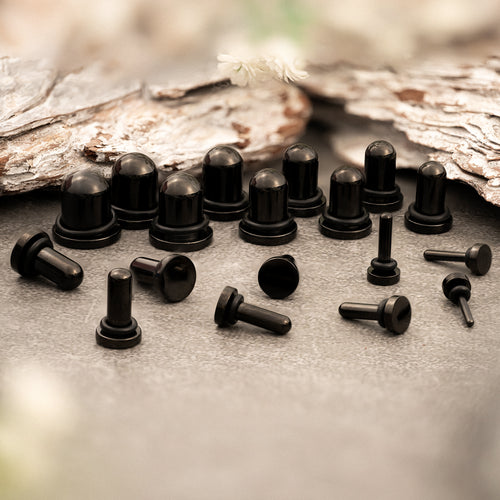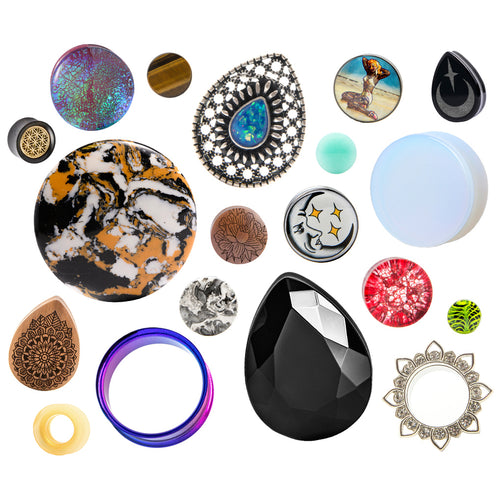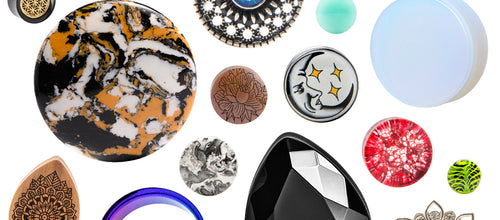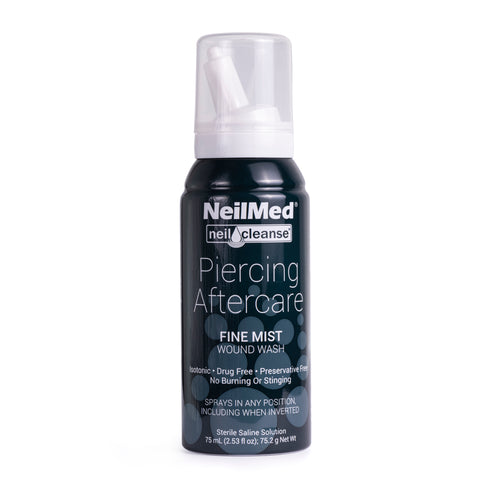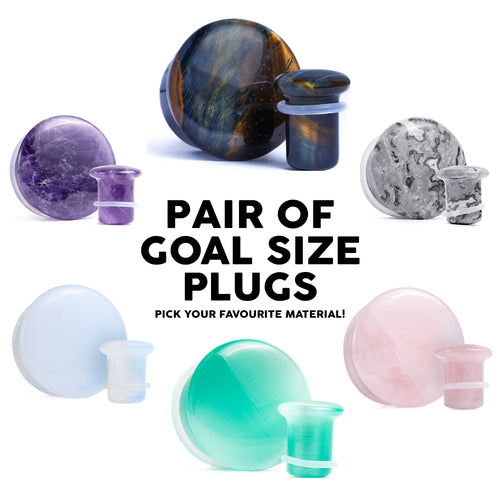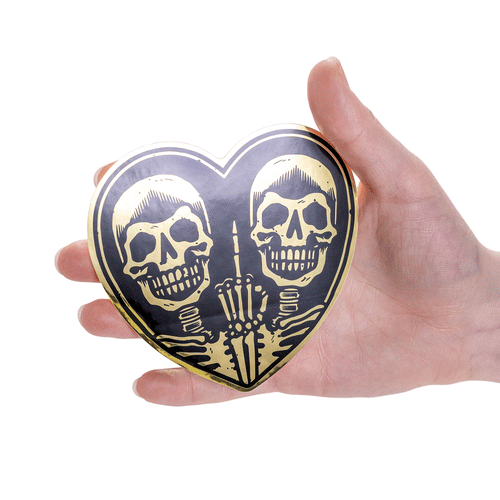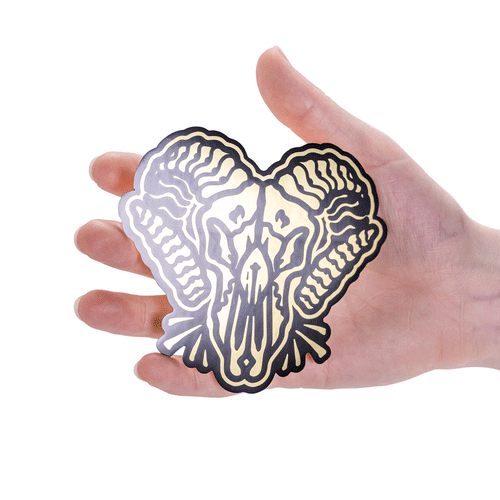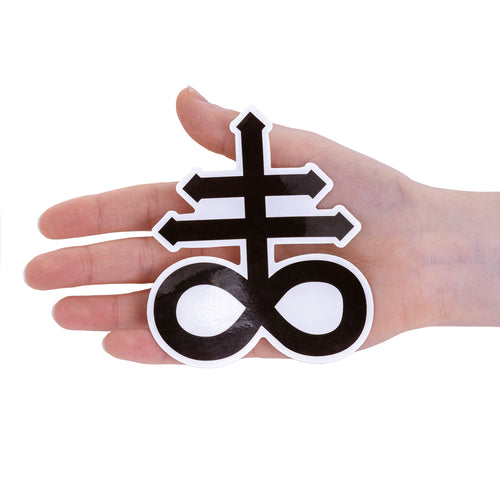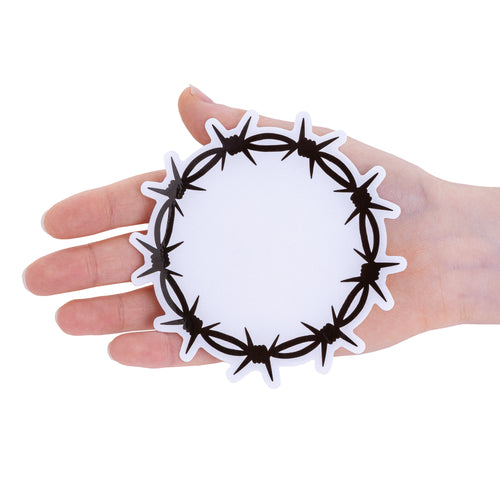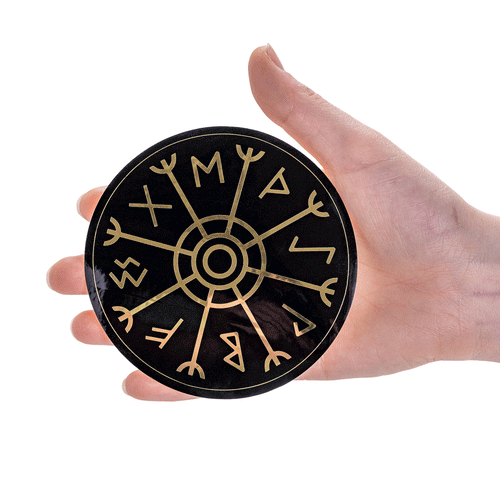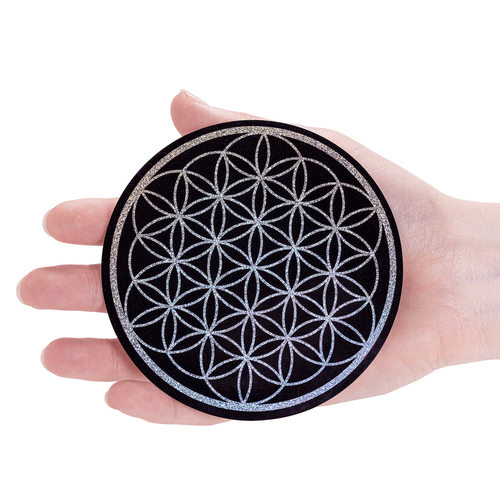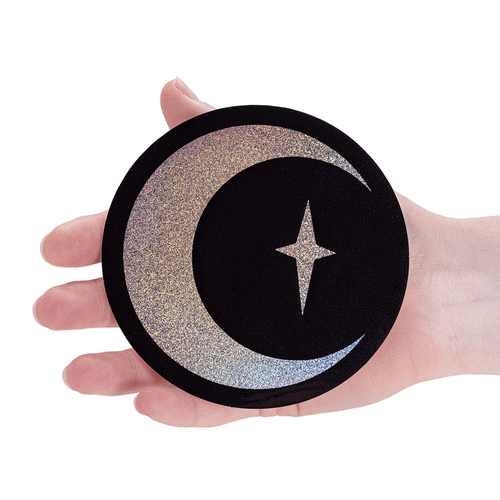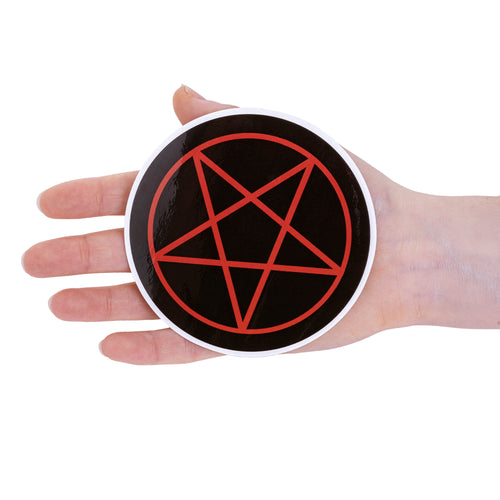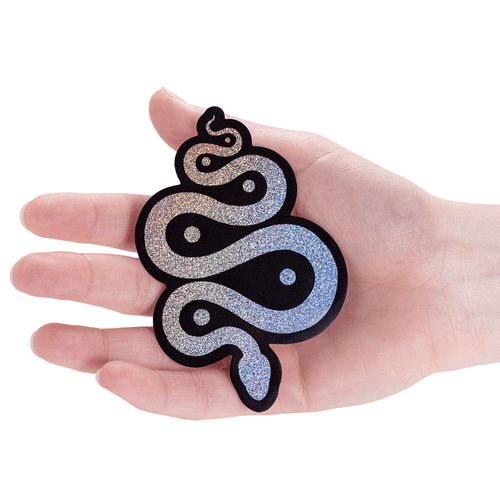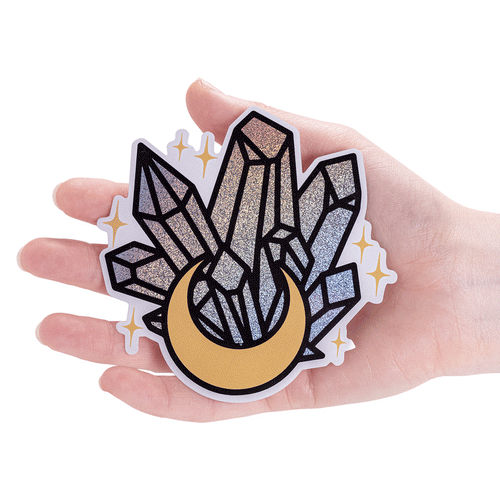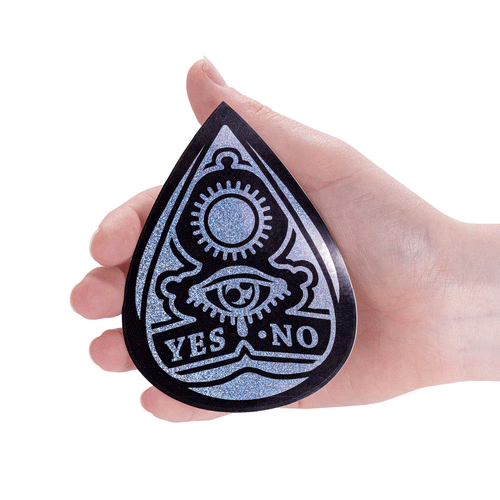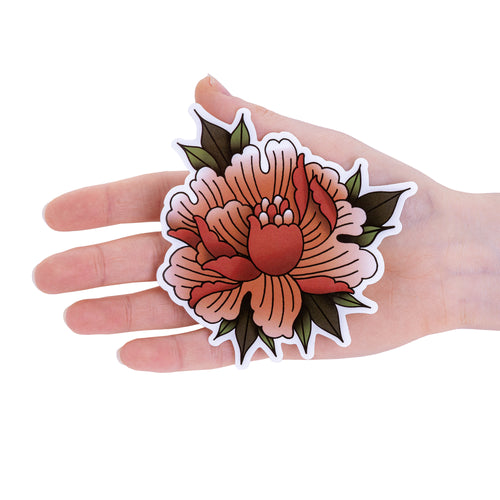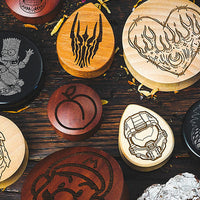
GET SOCIAL WITH US
RECENT ARTICLES
Newsletter
Keep up-to-date with the latest promotions, news and releases!
The Different Types of Nipple Piercings
Exploring Nipple Piercings: Types, Hygiene, and Care
Nipple piercings have gained popularity as a unique and daring form of body modification, allowing individuals to express their style and confidence. While nipple piercings can be a captivating addition to your body art, it's crucial to understand the different types available, as well as the essential aspects of hygiene and aftercare to ensure a successful and safe piercing experience.

Types of Nipple Piercings
There are various types of nipple piercings, each offering distinct aesthetics and healing processes. Here are some of the most common options:
Nipple Piercing: This classic piercing involves a single hole horizontally through the nipple. A straight barbell or captive bead ring is typically used as initial jewellery. It's a popular choice for those looking for a simple yet eye-catching style.
Nipple Shield: Nipple shields are captivating pieces of jewellery that encircle the nipple. A straight or curved barbell passes through the piercing hole, while decorative elements rest on top of the nipple. Nipple shields come in various designs, from intricate and ornate to minimalist and elegant.
Vertical Nipple Piercing: In this type of piercing, the jewellery passes vertically through the nipple, with one end exiting at the base and the other at the top. Straight or curved barbells can be used. Vertical nipple piercings offer a unique and striking look, emphasizing the nipple's length.
Horizontal Nipple Piercing: Less common but equally intriguing, horizontal nipple piercings involve a jewellery placement that runs horizontally through the nipple. This type can provide a distinctive appearance and pairs well with the right jewellery choices.
Hygiene and Aftercare of Nipple Piercings
Proper hygiene and aftercare are paramount when it comes to nipple piercings. Following these guidelines will promote healing and reduce the risk of complications:
Choose a Reputable Piercer: Start by selecting a professional and reputable piercer. Ensure they follow strict sterilization protocols and use single-use, sterilized needles and jewellery to minimize the risk of infection.
Cleaning Routine: Clean your nipple piercings twice daily with a saline solution or saline wound wash. Avoid using alcohol-based solutions, hydrogen peroxide, or harsh soaps, as they can irritate the piercing. Gently soak the area and pat dry with a clean, disposable paper towel.
We recommend using Nielmed Piercing Aftercare fine mist to keep piercings clean and prevent infections.
Hands Off: Avoid touching your piercings with unwashed hands. Refrain from unnecessary twisting or turning of the jewellery during the healing process to prevent irritation and potential complications.
Clothing Choices: Opt for loose-fitting, breathable fabrics during the healing phase. This will reduce friction and irritation from tight or abrasive clothing.
Swimming: Avoid swimming in pools, hot tubs, or natural bodies of water until your nipple piercings are fully healed to prevent infection. Chlorinated and untreated water can introduce bacteria to the piercing site.
Sexual Activity: Engage in gentle and hygienic sexual activity during the healing process to minimize irritation and reduce the risk of infection. Ensure both you and your partner have clean hands and handle the piercings with care.
Healing Time: Keep in mind that nipple piercings can take several months to fully heal. Initial soreness and discharge are common during the first few weeks. Be patient and allow your body the time it needs to heal properly.
Jewellery Quality: Choose high-quality jewellery made from materials like surgical stainless steel, titanium, or niobium. This reduces the risk of allergic reactions or complications associated with lower-quality materials.

Potential Risks and Complications
While nipple piercings can be a beautiful and empowering form of self-expression, it's essential to be aware of potential risks and complications.
Infection: Poor hygiene practices, touching with dirty hands, or exposure to contaminated water can lead to infection. Watch out for signs of infection, such as redness, swelling, pain, and discharge.
To prevent this from happening, we recommend using Nieldmed piercing aftercare fine mist on nipple piercings. It provides no burning or stinging and even sprays in any position, including when inverted.
Migration or Rejection: Occasionally, the body may push the jewellery out as it heals, resulting in migration or rejection of the piercing. This can lead to discomfort and may necessitate jewellery removal.
Allergic Reactions: Some individuals may have allergies to specific metals used in nipple jewellery. Pay attention to signs of allergies, such as itching, redness, or a rash, and consult your piercer for suitable jewellery options.
Scarring: Poor care or complications can lead to scarring around the piercing site. Adhering to aftercare instructions can help minimize scarring.

Exploring Types of Nipple Piercings
In conclusion, nipple piercings are a captivating way to express your individuality and style. By selecting the right type of piercing, following proper hygiene and aftercare practices, and being aware of potential risks, you can enjoy your nipple piercings while minimizing complications and ensuring a successful healing process. Always consult with a professional piercer for personalized advice and guidance throughout your piercing journey.

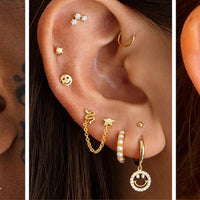

-v1657710003014.jpg?512x640&transform=resize=350)
